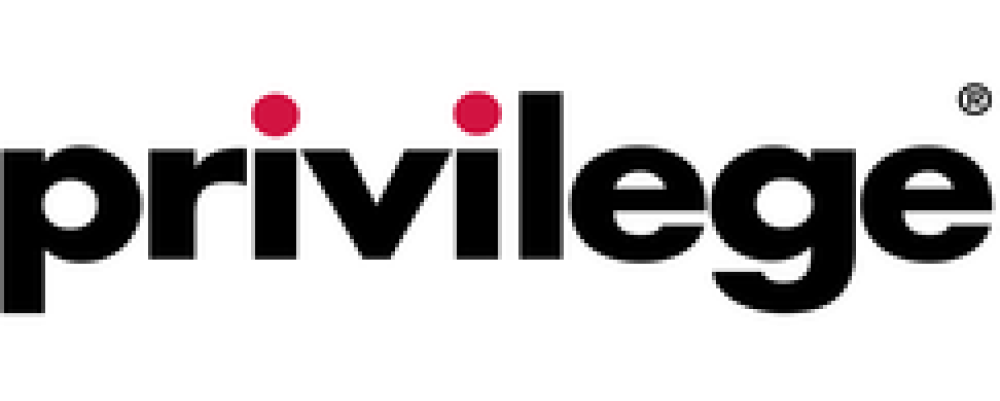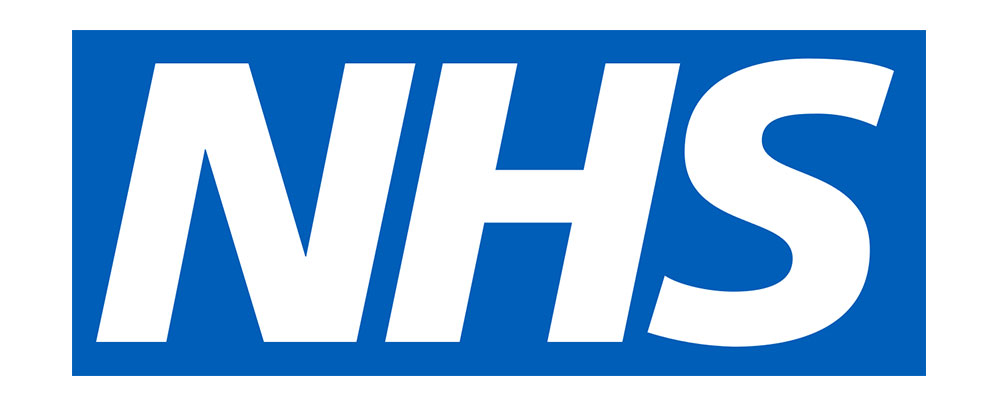Image attribution: Photo by Daniel Herron on Unsplash
Table of Contents
Commentators have been predicting the death of brand tracking for as long as I’ve been in research, which is over 20 years. A quick Google search uncovers headlines such as “Is brand tracking irrelevant?” and “How to revive your brand tracker.” But what are these articles really saying? We read some so you don’t have to and – surprise, surprise – none of them actually say that it is no longer important, relevant or useful to track key brand metrics to assess brand performance and stay on top of brand health.
So why the headlines? Betteridge’s law of journalism says that when a headline ends in a question mark, the answer is always no. But if we were to frame the question differently, “Is traditional brand tracking dead?”, we might come up with a different answer.
Most of the articles on the death of brand tracking fall into one (or sometimes both) of two camps:
- To sell a new brand tracking product, technology or approach by highlighting problems with traditional brand tracking to make a case for the ‘new improved’ version.
- To move the industry forward; thought-leadership pieces exploring how traditional brand tracking can and should evolve to be more useful and responsive
To really understand what’s happening, we need to look in more detail at what these articles are really saying and, in particular, the term ‘traditional’ in the context of brand tracking. We can take this to mean ‘the way brand tracking is currently being set-up, run, and delivered’.
What is traditional brand tracking?
As a thought experiment, lets travel back in time to the 1990s when brand tracking interviews were carried out either face-to-face or over the phone (and a landline at that). The advent of the internet and the beginnings of an idea that online research could be cheaper and faster than traditional methods was likely the cause of mutterings about the death of the brand tracker at that time. Although they were more likely to have been discussions in the pub, or possibly conference papers than blogs; although the first blog is thought to have been written in 1994, corporate blogging didn’t take off until the new millennium.
Skip forward a few years and the majority of brand tracking interviews were indeed conducted over the internet; brand tracking didn’t die-off, but one of its traditions – face to face and telephone interviewing – did. And over the years what used to be ‘new and improved’ – online brand tracking – has become today’s traditional approach.
We think brand tracking, in some format or other, is as unlikely to die as branding itself. While there are brands, brand managers need to know how they are performing, and a brand tracking agency will develop brand tracking studies to help them to do so.
Brand tracking traditions that need to die
But we do think that there are some elements of traditional brand tracking that can be done away with or improved. Some of the issues that exist with brand tracking include the following:
- Frequency: traditional brand tracking often captures data at specific intervals (e.g., quarterly or annually). This approach can miss out on recent changes in sentiment and can mean it takes too long to spot emerging trends.
- The ‘rear view mirror’: compounding the problem of frequency, brand tracking surveys tend to be large and unwieldy and take a long time to analyse and produce results. This means that by the time brand managers get results, they are in the past and not actionable. The pace of business has increased rapidly, and backwards-looking data is not as effective in predicting future shifts or trends.
- Quantitative emphasis: many brand tracking studies lean heavily on quantitative data, sometimes at the expense of qualitative insights, and can miss the nuance and depth of consumer emotions and perceptions.
- Static survey questions: the very nature of trackers is that they stay the same so that you can track performance over time and see trends in the data. However this can be problematic in that brands aren’t static, the relationship between brands and consumers is always evolving and competitor sets change over time.
- Return on investment: conducting comprehensive brand tracking research, especially using traditional methods, can be expensive and time-consuming – so it needs to deliver a return. If brand managers aren’t using the tracker to support decision-making, due to some of these issues, it can be hard to justify the expense.
- Narrow view of the market: there are so many other sources of data about how consumers relate to your brand, such as online transactional data or social media which aren’t included in traditional brand trackers.
- Death by PowerPoint: often brand tracking agencies take the reams of data that brand tracking surveys produce and put all of it into a presentation deck, which can be deathly to sit through.
What’s next for brand tracking?
Brand tracking agencies are getting smarter at creating the sort of brand tracking tools that brand managers need and value. For example, some of the issues around frequency and lagging metrics can be resolved by going to an ‘always on’ model of market research, rather than wave by wave with serial reporting.
Rather than endless charts and decks, agencies can present results in a self-service brand-tracking dashboard, enabling brand managers to consult the data at all times. Adding open-ended questions and bringing together other sources of data such as social media into the dashboard ecosystem helps to give a holistic view of everything happening to the brand. And the static nature of the survey can be managed by keeping one core section of the questionnaire for key metrics and adding dynamic modules that can be swapped in and out as needed. Progressive brand tracking agencies can help their clients to get the most out of their tracker and ensure that it is used to support decision making.
Changes that are in the future include using AI to create synthetic respondents which, will again reduce costs and time taken to get results. Cue cries of, “is the survey respondent dead?”, to which, as Betteridge suggests, we answer with a resounding, “no”. Currently using AI to simulate respondents is a technology that is in its infancy; as such it is subject to too many biases and concerns to be used in anger by most agencies or to be trusted by most brand managers. But AI is just another algorithm and, with time, the use of AI respondents will no doubt become an accepted part of our research methods toolkit.
So, is the brand tracker dead?
These changes all go to show that reports of the death of the brand tracker have been greatly exaggerated. And no doubt, in time to come, we will look back at what is traditional now and wonder why we ever did it that way. The traditions of brand tracking do die off to be replaced by different or better approaches that augment the whole but the brand tracker, the critically important research that helps brand managers to make decisions about their brands, lives on.
For more information on brand tracking, and how it can be used to maximise the performance of your brand, please email us at enquiries@brandspeak.co.uk, or by contacting our Head of Quantitative Research, Mark Bagnall, on +44 (0)7825 303 244

Mark Bagnall
Mark Bagnall is a Senior Partner and Head of Quantitative Research at Brandspeak. He has worked in market research for over 20 years and in this time has worked on and led many brand tracking studies across several sectors; from gaming, finance, and FMCG through to automotive. And from domestic UK studies to global trackers.
Mark draws on this expertise to provide Brandspeak clients with brand tracking studies that fit their needs and builds in the latest thinking and methodological tools.














